Goaltide Daily Current Affairs 2020
Current Affair 1:
Microbe Found to Block the Transmission of Malaria
We will learn here:
- About News with Introduction
- World Malaria Report 2019
- Steps taken at global and India level

Malaria has been a terrible human disease from before the Neolithic period up to present day. It has likely caused more human deaths than any other infectious agent. If realized, malaria eradication could be amongst humankind’s most significant achievements.
How it infects?
Malaria is caused by parasites in the genus Plasmodium, of which there are five different species that infect humans. These parasites enter the female Anopheles mosquitoes (males don’t bite humans) when they feed on the blood of an infected human. Plasmodium must then cross the Anopheles mosquito’s gut and become established in their salivary glands, at which point it can be transmitted to another human when the mosquito feeds again.
Do we have any tool to handle this Malaria right now?
The tools currently being used to tackle malaria were developed in the last century, some more than 40 years ago. For example, indoor residual spraying is affected by resistance of mosquitoes, must be repeated at regular intervals and is prohibitively expensive for many African countries.
New tools are desperately needed. I do not mean a silver bullet, just additional entry points that will enable us to simultaneously exert pressure on the malaria transmission cycle from different angles.
Recently, scientists discovered that a microsporidian – a tiny parasitic fungus – called Microsporidia MB can block the transmission of malaria – Plasmodium falciparum – to the mosquito.
World Malaria Report 2019
The World Health Organisation (WHO) has released the World Malaria Report, 2019.
Important points mentioned in this report:
- In 2018, an estimated 228 million cases of malaria occurred worldwide compared with 251 million cases in 2010.
- Most malaria cases in 2018 were in the World Health Organization (WHO) African Region (213 million or 93%), followed by the WHO South-East Asia Region with 3.4% of the cases and the WHO Eastern Mediterranean Region with 2.1%.
- Nineteen countries in sub-Saharan Africa and India carried almost 85% of the global malaria burden.
- Plasmodium falciparum is the most prevalent malaria parasite in the WHO African Region, accounting for 99.7% of estimated malaria cases in 2018.
- Globally, 53% of the P. vivax burden is in the WHO South-East Asia Region, with the majority being in India (47%).
- The burden in 2018 was similar to that of 2017 in all other countries, apart from in Uganda and India, where there were reported reductions of 1.5 and 2.6 million malaria cases, respectively, in 2018 compared with 2017.
- Except for India, direct domestic investment remains very low relative to international funding in the High Burden to High Impact (HBHI) countries.
- Almost 85% of all malaria cases globally were in 19 countries: India and 18 African countries.
- Of these 19 countries, India reported the largest absolute reductions in cases, with 2.6 million fewer cases in 2018 than in 2017, followed by Uganda (1.5 million fewer cases) and Zimbabwe (0.6 million fewer cases).
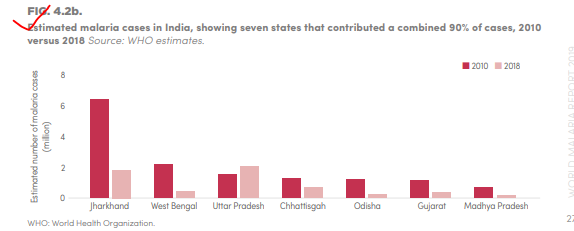
Steps taken at the global level
- WHO’s Global Technical Strategy for Malaria, 2016-2030.
- WHO has also released a new country-driven approach– “High burden to high impact” to enhance response to malaria in countries where malaria cases increased in 2018 as compared to 2017.
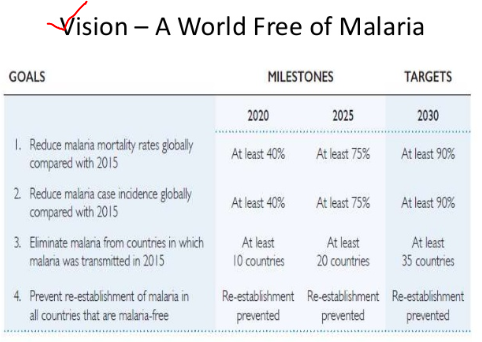

Steps taken by Indian Government: There are two major efforts in this direction.
National Strategic Plan for Malaria Elimination (2017-22)
The Strategic Plan gives year wise elimination targets in various parts of the country depending upon the endemicity of malaria in the next 5 years. Just see small explanation. Much not needed.
Indian government has released a National Strategic Plan (NSP) for malaria elimination for years 2017-2022, targeting eradication by 2030. Under the plan, malaria transmission in the country’s districts have been divided into four categories: no cases in 3 years, less than 1 case per 1,000 people, more than 1 but less than 2 cases per 1,000 people, and more than 2 cases per 1,000 people.
The plan will be under the National Health Mission as part of the National Vector Borne Disease Control Programme.

Malaria Elimination Research Alliance India (MERA India)

Over the past two decades, India has made good progress in malaria control. However, several challenges remain.
- There are critical operational gaps in service access, particularly for vulnerable populations in high transmission areas as well as in the services provided by the private sector.
- There is also a need to improve quality and effectiveness of vector and environmental control measures.
- In addition, the emergence and spread of drug and insecticide resistance is undermining the efficacy of existing tools.
- There is a need for new improved tools and approaches for disease surveillance, diagnosis, treatment and vector control.
- There are several research organisation and groups in the country that focus on malaria research but there is little communication and harmonization in the scientific community, resulting in duplication of efforts.
In this context, the Indian Council of Medical Research (ICMR) has put together a programme to bring the various stakeholders on a single platform to identify and prioritize research work needed to meet the target to eliminate the disease by 2030. Called Malaria Elimination Research Alliance India (MERA India), the programme took off on April 24, with the first meeting of the stakeholders.
We will wait to see any update on Malaria.
Current Affair 2:
Indian Gas Exchange

First of all, what is this IGX?
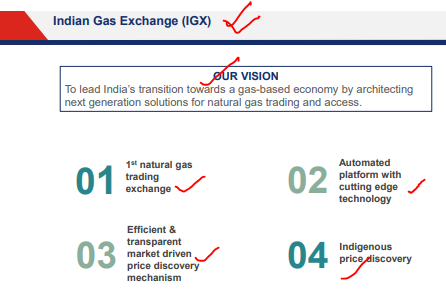

The IGX is a digital trading platform that will allow buyers and sellers of natural gas to trade both in the spot market and in the forward market for imported (remember this) natural gas across three hubs —Dahej and Hazira in Gujarat, and Kakinada in Andhra Pradesh. See below two diagrams.
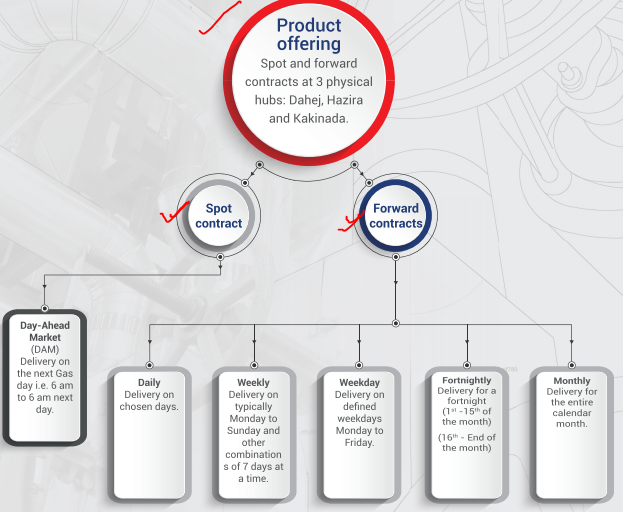
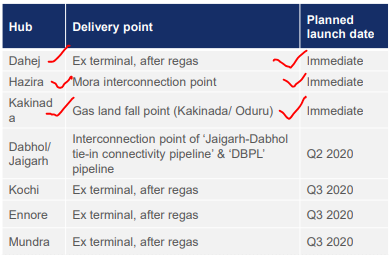
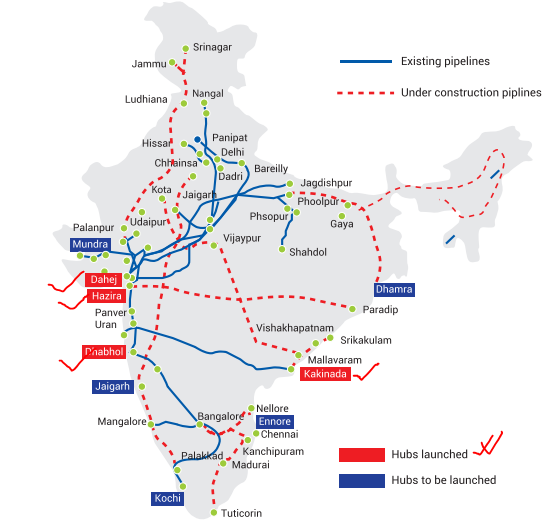

Now, why this Exchange has been launched? Two important images below to explain this.
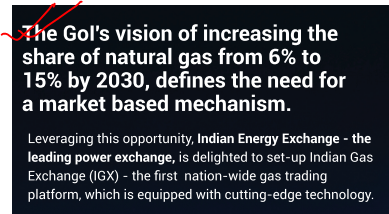

How it will benefit?
Imported Liquified Natural Gas (LNG) will be regassified and sold to buyers through the exchange, removing the requirement for buyers and sellers to find each other. This will mean that buyers do not have to contact multiple dealers to ensure they find a fair price. See below how nation will benefit from it?

Note this also:


Here, City Gas Distribution (CGD) network (including PNG network) in a specified Geographical Area (GA) of the country. CGD sector has four distinct segments – Compressed Natural Gas (CNG) predominantly used as auto-fuel and Piped Natural Gas (PNG) used in in domestic, commercial and Industrial segments.
Re-gasified Liquefied Natural Gas (RLNG): Regasification is a process of converting liquefied natural gas (LNG) at −162 °C (−260 °F) temperature back to natural gas at atmospheric temperature.
Petroleum and Natural Gas Regulatory Board
The Petroleum and Natural Gas Regulatory Board (PNGRB) was constituted under The Petroleum and Natural Gas Regulatory Board Act, 2006.
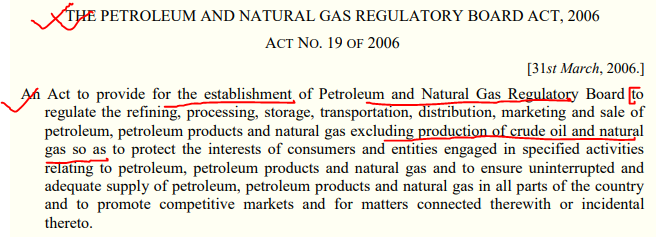
The Board shall consist of a Chairperson, a Member (Legal) and three other members to be appointed by the Central Government.
Appeals against the decisions of PNGRB go before the Appellate Tribunals for Electricity. See below.

See one question of UPSC Prelims 2019 and put an end to this topic now.
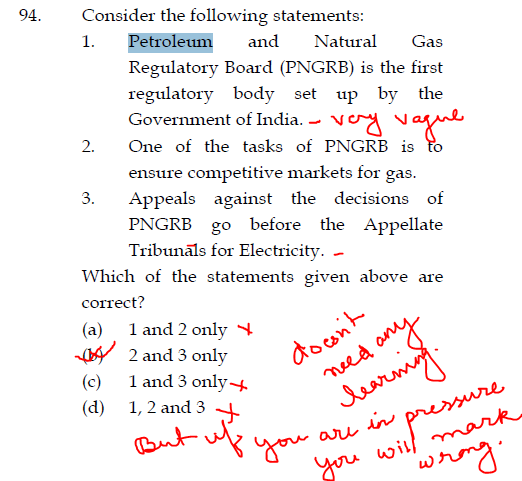
One news of August 2019, we are attaching here:
Oil PSUs to lay world’s longest LPG pipeline between Kandla and Gorakhpur:
Indian Oil, Bharat Petroleum Corporation (BPCL) and Hindustan Petroleum Corp Ltd (HPCL) will be laying the world’s longest (that’s why, it is important) LPG pipeline, from Kandla (Gujarat) to Gorakhpur (UP).
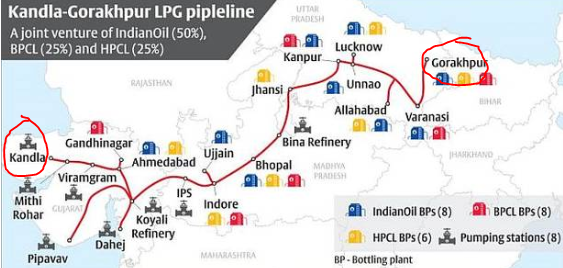
Two important points here, you have to remember:
- Three states, Gujarat, Madhya Pradesh and Uttar Pradesh will be connected to the western coast from where LPG will be sourced and then will be sent to 22 bottling Plants of three above Oil Marketing Companies
- Of the three, Indian Oil will hold 50 percent and the other two OMCs will hold 25 per cent each.
Current Affair 3:
Reindeer may have been domesticated 2,000 years ago
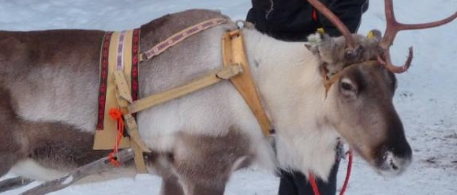
Very small news article but you should know.
Reindeer might have been domesticated and used for pulling sleds 2,000 years ago, a new study by the University of Alberta in Canada has found. In May and June of last year, an anthropologist from the university and his team found a number of artifacts that appeared to resemble reindeer harness as well as antler pieces at a site called Ust’-Polui in northern Siberia.
Radiocarbon dating of the items showed they were at least 2,000 years old. According to previous studies, reindeer domestication started only a few hundred years ago in northern Europe, perhaps as early as the eleventh century in northern Siberia, based on evidence of genetic changes in reindeer.

Current Affair 4:
Horseshoe Crab
Two important news regarding Horseshoe Crab. See below.
- Horseshoe crabs face an uncertain future in Odisha, their largest habitat in India, even as the world gets ready to celebrate the first-ever ‘International Horseshoe Crab Day’ on June 20, 2020.
- COVID vaccine development a new threat to horseshoe crabs

We will learn few things about Horseshoe crab.
Horseshoe crabs are a critical link to world health, biodiversity and hold cultural importance across the globe. One of their ecological functions is to lay millions of eggs on beaches to feed shorebirds, fish and other wildlife. Unfortunately, this ecological link can be broken in areas where population density is low.
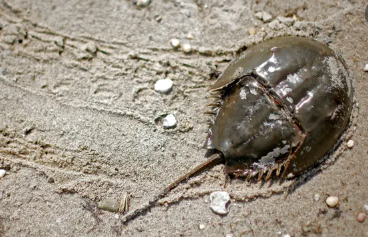
There are total four species of Horseshoe crabs. The IUCN Red List of Threatened Species describes the American horseshoe crab Limulus polyphemus as vulnerable. And the three Asian horseshoe crab species (Tachypleus tridentatus, T. gigas, and Carcinoscorpius rotundicauda) are currently listed as data deficient. In India, they are the mangrove horseshoe crab (C. rotundicauda) and the Indo-Pacific horseshoe crab (Tachypleus gigas).
Horseshoe crabs in Odisha are in danger as poachers kill them for their meat, that is popularly believed to have aphrodisiac (a food, drink, or other thing that stimulates sexual desire) qualities. Interesting. It is estimated that hundreds of horseshoe crabs have been killed in Odisha each year to supply their meat and shells to Jharkhand, Bihar, Chhattisgarh and other states.
The horseshoe crab was included on September 9, 2009 in the Schedule IV of the Wild (Life) Protection Act, 1972, under which, the catching and killing of a horseshoe crab is an offence.
Now, questions they can ask in any statement given in exam.
- Do Horseshoe crabs have become extinct in India?
- Do Horseshoe crabs found in western Ghats?
- Is there any species of HSC found in India?
You can easily answer now. So, when you read such species, don’t think what to read in this. There is lot. Be careful!!
Current Affair 5:
Gold Bond Scheme

News was:
The third tranche of sovereign gold bonds saw people buying 23.88 lakh units worth ?1,117 crore, as per the data released by the Reserve Bank of India (RBI). The number of units purchased was 6% lower than what was subscribed to in the May issue.
We will paste here everything relevant for Gold Bond Scheme. Go through it. There are total 20 points. Very small points in columns. Once you read, no need to read anything then.
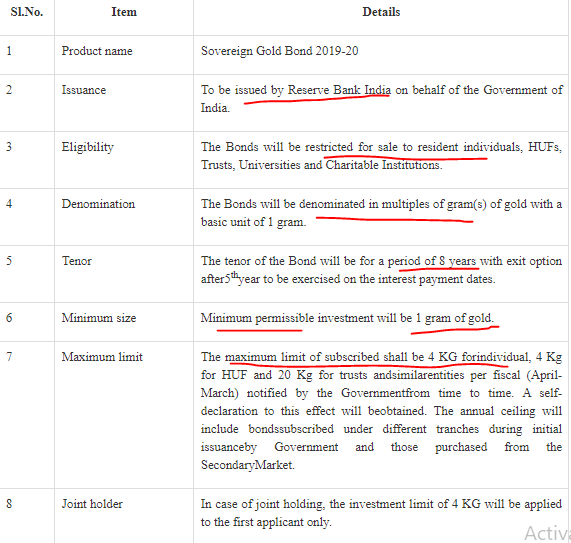

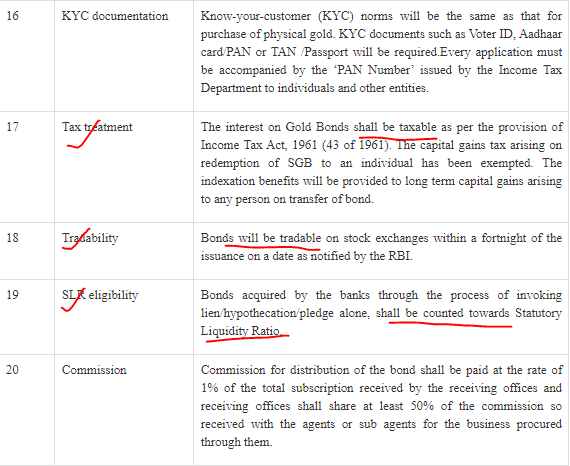
Current Affair 6:
Oman Is Building the Largest Oil Storage Facility in The Middle East
Oman is building the region's largest oil storage facility, offering tanks to oil producers and traders. Dubbed the Ras Markaz Crude Oil Park, the storage facility is 600 miles from the Strait of Hormuz, the biggest oil chokepoint in the world.
Took this question to focus more on Map. No body will teach you this till you do somewhere wrong.
Note: One thing you have to keep this in mind, we follow and publish those current affairs which is important for your exam. We will cover every topic. Don’t expect to learn topics on same day of release. We read, we analyze and then publish from best sources.

In the above map, you can see, Strait of Hormuz connects Persian Gulf and Gulf of Oman. You can see clearly, country south of Strait of Hormuz is Oman, not UAE.
<< Previous Next >>


